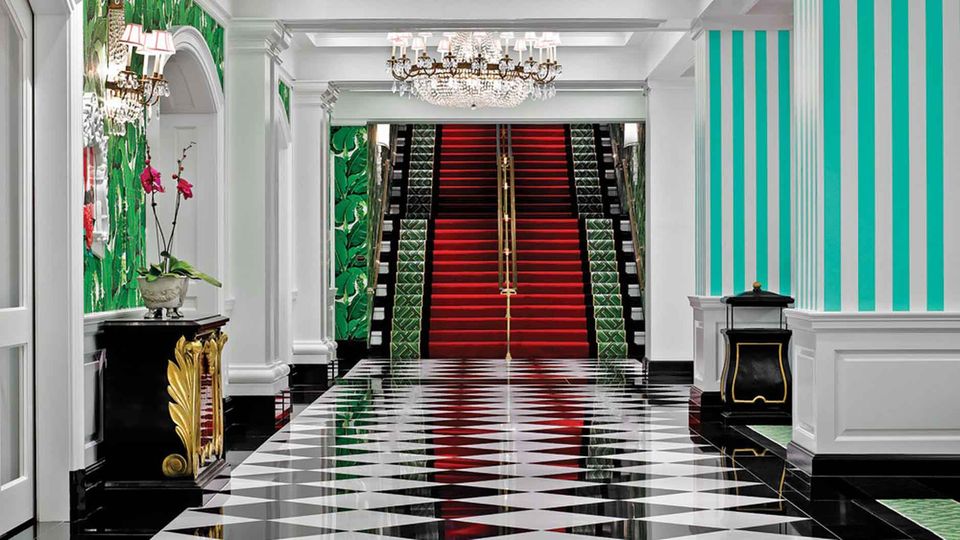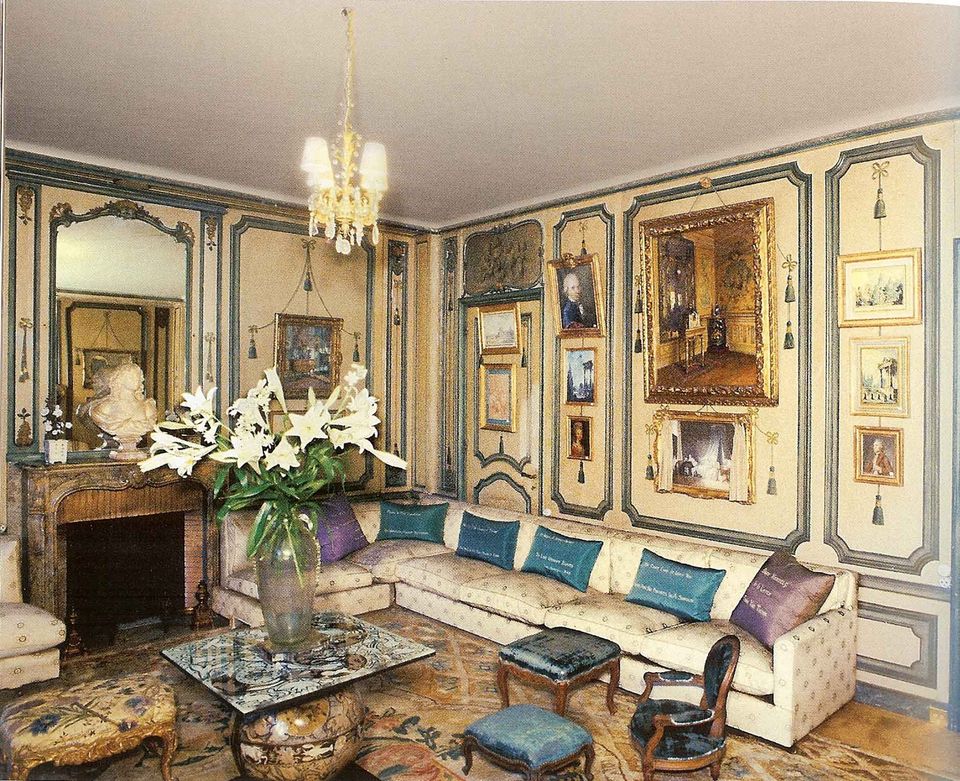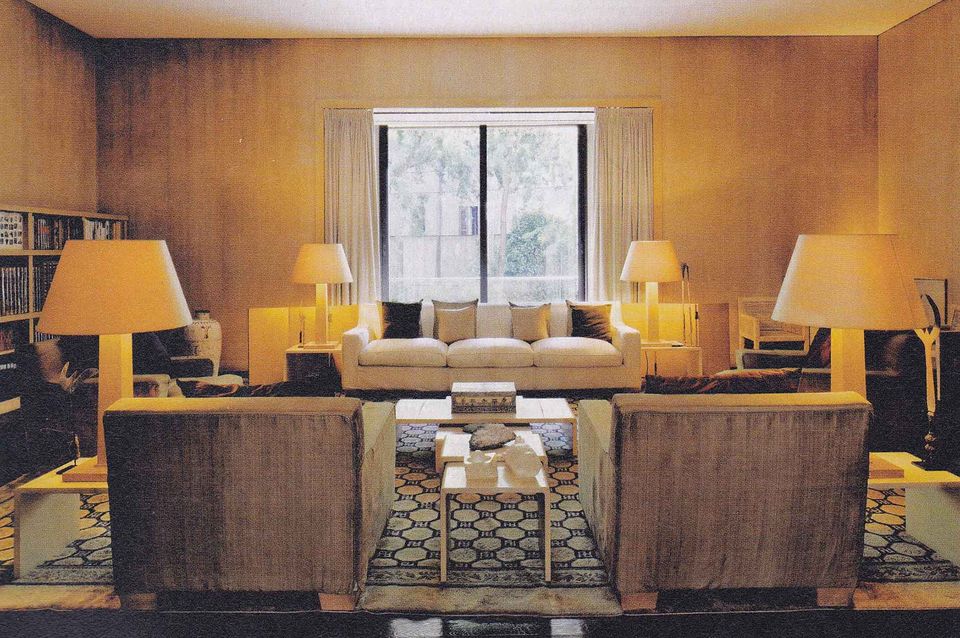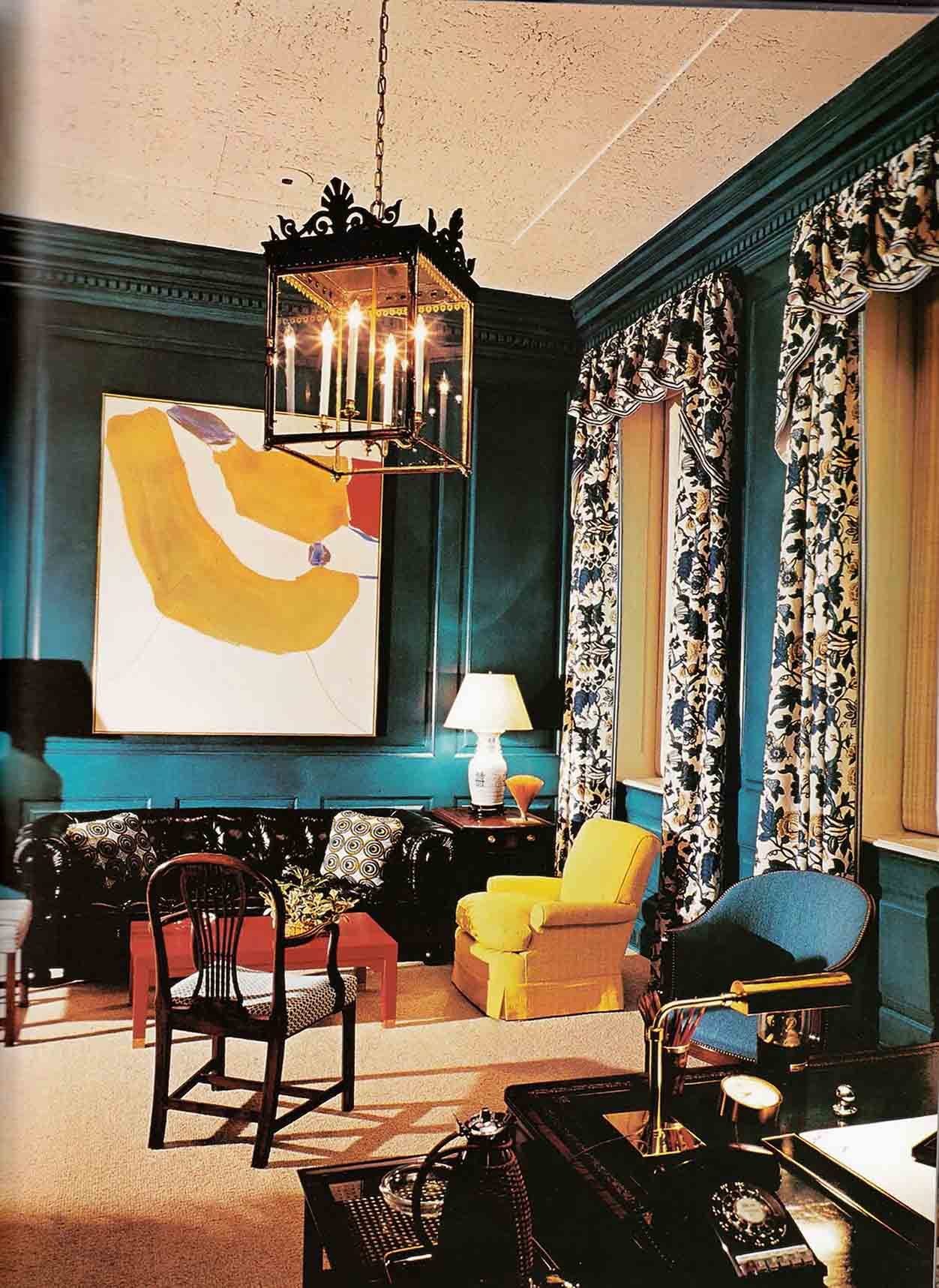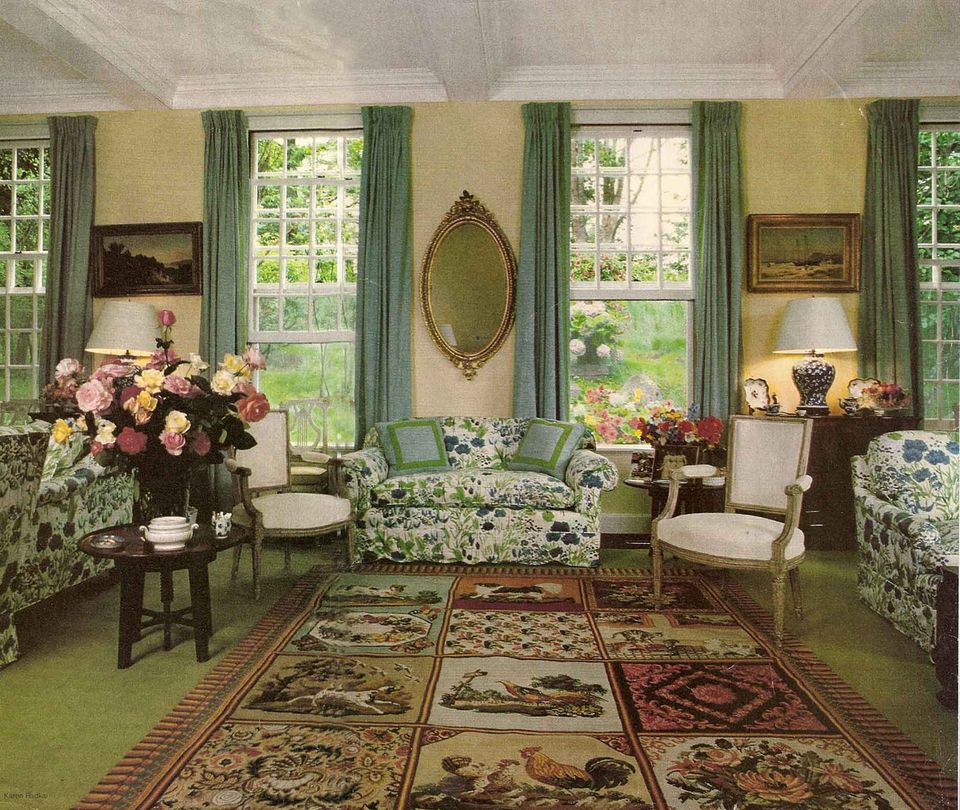5 Legends of Interior Design, and Their Lasting Effect on the Industry
Website Editor • June 11, 2019
Interior design a true art form, consisting of mixing all the elements of a room together to create a perfectly styled space. Whether it be the combination of paint, texture and fabric or the tone, shapes and furniture used, a lot goes into mastering interior designs. Like any art form, there are legends who inspire us, who have set the bar for interior and whose influence 21st century designers follow today.
Dorothy Draper
Taking a fresh approach to interior design, Dorothy Draper believed that the craft should not be deep or complicated, but fun and instinctual. “Decorating is just sheer fun: a delight in colour, an awareness of balance, a feeling for lighting, a sense of style, a zest for life, and an amused enjoyment of the smart accessories of the moment.” She was known for “modern Baroque” styles, which touched some of the most famous buildings in America. Her versatile work varied between stark black and white palettes and fantastic arrays of colour.
Her effect on the industry:
- She was the first to make interior design a business with her company, Dorothy Draper & Company.
- She created “Modern Baroque”.
- She pioneered brave technicolour colour patterns and combinations.
Elsie de Wolfe
Born in 1865 New York City, Elise de Wolfe was known as “America’s first decorator”(1). Initially using her eye for design in her fantastic Parisian inspired wardrobe, she had a gift for redecorating a space. She would embark upon large projects, moving away from the Victorian-style designs of the day toward a simple, warm, airy and refined tone that graced all of her designs.
Her effect on the industry:
- Moved interior design away from drab Victorian styles to light fresh colours and delicate prints.
- Textures and fabrics designed for comfort.
- Faux finish treatments and animal prints.
1930’s Paris inspired Jean-Michel Frank more than anything else. He enjoyed a minimalist tone, but also incorporated interesting and complicated features. The shapes he used were simple, but the materials, fabrics and textures were ornate, complex and textured. He would transform a soulless room into something spectacular by insisting the taste be immaculate and that the room feel lived in. He worked in France, South America and the United States.
His effect on the industry:
- Understated luxurious finishes and spare details - the father of minimalism.
- Used subtle yet rich materials.
- “Blocky, rectangular club chairs and sodas”.
After working with esteemed clients like Rockefeller, Astor, Getty and Mellon, Albery Hadley was widely considered “the dean of American decorators”. He appreciated his art like no other. He was quoted as saying, “Design is about discipline and reality, not about fantasy beyond reality.” The focus was always on balance, modern mixes of design styles and opting for interesting over modern vs. traditional.
His effect on the industry:
- Inspired the use and love of chintz.
- Perfected the floor-plan and clean lines, then moved to colours, fabric, texture and paint.
Sister Parish’s interior design shop in New Jersey boasted some of the most interesting pieces of the time and her designs are “credited with popularizing American country aesthetic in the 1960s.”(1) For her designs, she seamlessly married together design elements like stripes, chintz, hooked rugs, quilted textures and overstuffed armchairs.
Her effect on the industry:
- Elaborately and creatively painted floors
- Antique but comfortable Anglo-Saxon accents and furniture
- The eclectic yet old-money combination of colour, chintz, crochet and needlepoint textures, rugs, floral prints, wicker and more.
Articles

The United Nations has described the disruption to education caused by the pandemic as ‘unparalleled’. At the virus’ worldwide peak in April, it is estimated that over 90% of all enrolled learners, from kindergarten to bachelors and beyond, had their education affected by school closures and the pandemic (UNESCO). For many university students and older children, they have had to adapt quickly to online learning. They can keep in touch with their peers and teachers online and continue their studies, albeit in a highly modified way. As challenging as this may be, this experience will help equip them for a future that is increasingly online. For parents of younger children, they are assuming a new role: their child’s home school teacher. This is in addition to their usual childcare and household duties, their work responsibilities and often emotional and financial worries caused by the pandemic. Stressful? Yes. The good, and somewhat surprising, news? The experts advise that you don’t teach your children - at least not in the way you might expect.

If the recent outbreak of Covid-19 has taught us anything, it's that many adults do not wash their hands effectively. It has never been more important that we support our children to develop good personal hygiene to keep themselves and our families safe. This seemingly easy task can be very difficult for children with fine motor skill difficulties. In this article, we explore some ideas to support your child with hand washing.

Lockdown has brought the digital future into the now. Online shopping, entertainment, education and more have moved from the periphery to the mainstream to, in many cases, the only option. With the necessity of social distancing looking to continue for many months, it appears that this rapid digital revolution is here to stay. This means that life as we know it, in most of its sectors, has changed forever. In order to survive, businesses are having to adapt rapidly, embrace technology and look to the future. Architecture is no exception. There has been a widespread adoption of technology and VR over the past few months in response to the lockdown across all of society. Elderly grandparents who were once resistant to adopt new technologies talk of “Zooming” and have started video chatting with their family members to combat loneliness. Art galleries that were once considered stuffy or pretentious are now pioneers in VR technology, with Google Art & Culture offering tours of London’s National Gallery or the Musee D’Orsay in Paris. These virtual tours deliver art in a dynamic new way that can be far more engaging than regular photos. Critics have applauded the panoramic and immersive views of gallery building and exhibitions which work well for rendering of 2 dimensional art, however impressions of sculpture is somewhat lacklustre. With VR technology, users can enjoy a truly immersive experience in the comforts, and safety, of their own home. The COVID-19 pandemic has served as an accelerant for the arts and entertainment industries to embrace VR.




